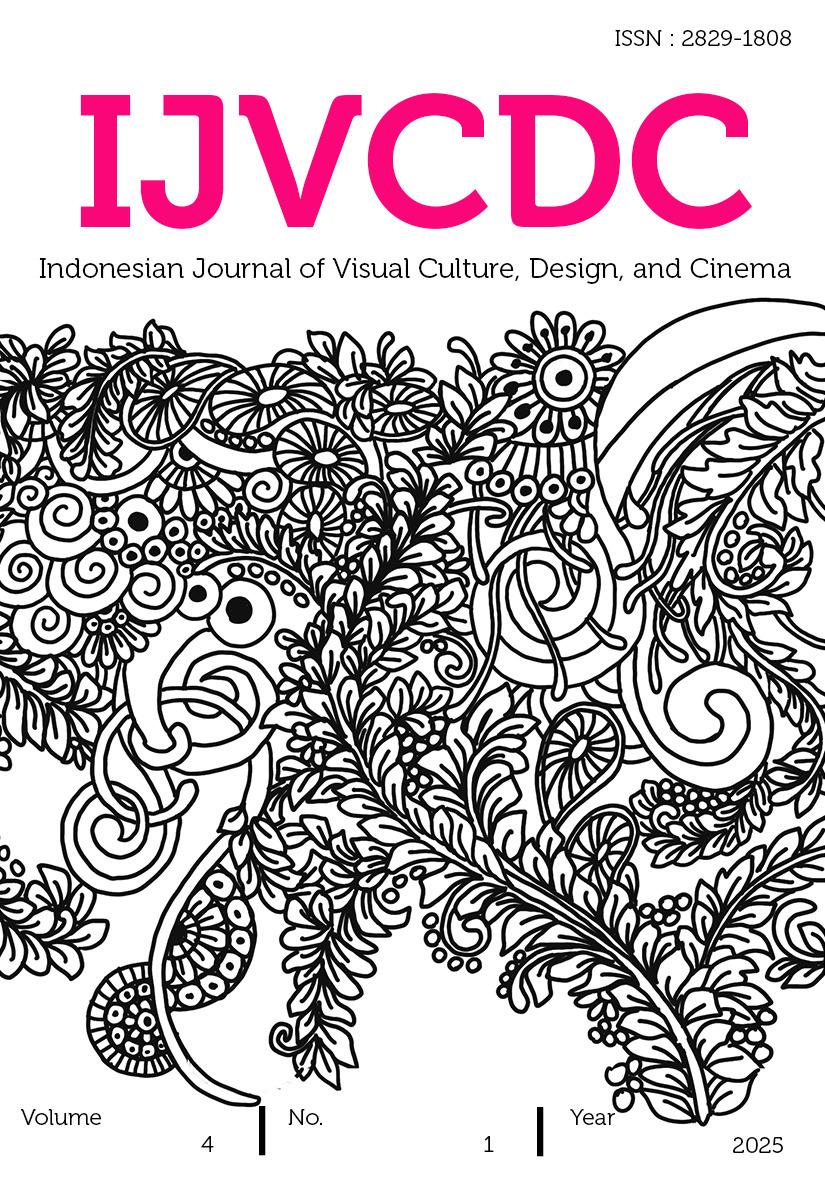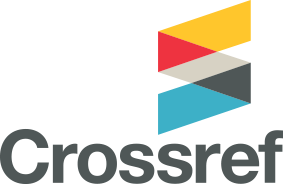Design of Visual Book Tag by Graffiti Artists in Yogyakarta as Archiving Media
DOI:
https://doi.org/10.21512/ijvcdc.v4i1.13360Keywords:
visual books, graffiti, tagging, YogyakartaAbstract
Yogyakarta has various arts and cultural activities and is dubbed as the city of arts and culture. Various arts exist in this city, from fine arts, music, performing arts, and other arts. One other form of art in the city of Yogyakarta is graffiti art. Historically, the basic form of graffiti itself is a tag or tagging. Where every graffiti artist in Yogyakarta also has tagging as their own identity. However, graffiti artists in Yogyakarta have a problem, namely they do not realize the potential for their tagging documentation to be archived. Where the archives of this tagging can be accessed at any time and used as a reference. In addition, in Indonesia itself there are still very few books that discuss graffiti and tagging, especially tagging graffiti artists in Yogyakarta where archiving books are very important. To overcome this problem, a visual book is designed that contains a collection of tagging archives from graffiti artists in Yogyakarta. The design of this visual book itself not only displays the tagging of each graffiti artist in Yogyakarta. But also discusses changes in tagging style, background and references from each graffiti artist. The tagging discussed is tagging made by graffiti artists in Yogyakarta who are still actively doing graffiti from 2000 to 2020. In the process, the author uses a layout with a Mondrian layout pattern so that the contents of the book are interesting to read. The author uses this Mondrian layout pattern as a basic form of arranging illustrations (photos) and text on each page of the book so that it looks harmonious and balanced. In addition, the author uses Serif and Sans Serif fonts with the consideration that this book can provide reading comfort for its readers and can be read clearly.
References
Lewisohn, C. 2008. Street Art: The Graffiti Revolution. New York: Arams.
Bowen, T. (1999). Graffiti Art: A Contemporary Study of Toronto. Studies in Art Education: A Journal of Issues and Research, 41(1), 22-39.
Gomez, M. (1993). The Writing on Our Walls: Finding Solutions Through Distinguishing Graffiti Art from Graffiti Vandalism. University of Michigan Journal of Law Reform, 26, 633-707.
www.urbancult.com. 2021. Diakses pada 10 Februari 2021.
Wawancara Muck, Trasher, dan Tuyuloveme 07 Februari 2021
Downloads
Published
How to Cite
Issue
Section
License
Copyright (c) 2025 Very Donovan

This work is licensed under a Creative Commons Attribution-NonCommercial-ShareAlike 4.0 International License.







